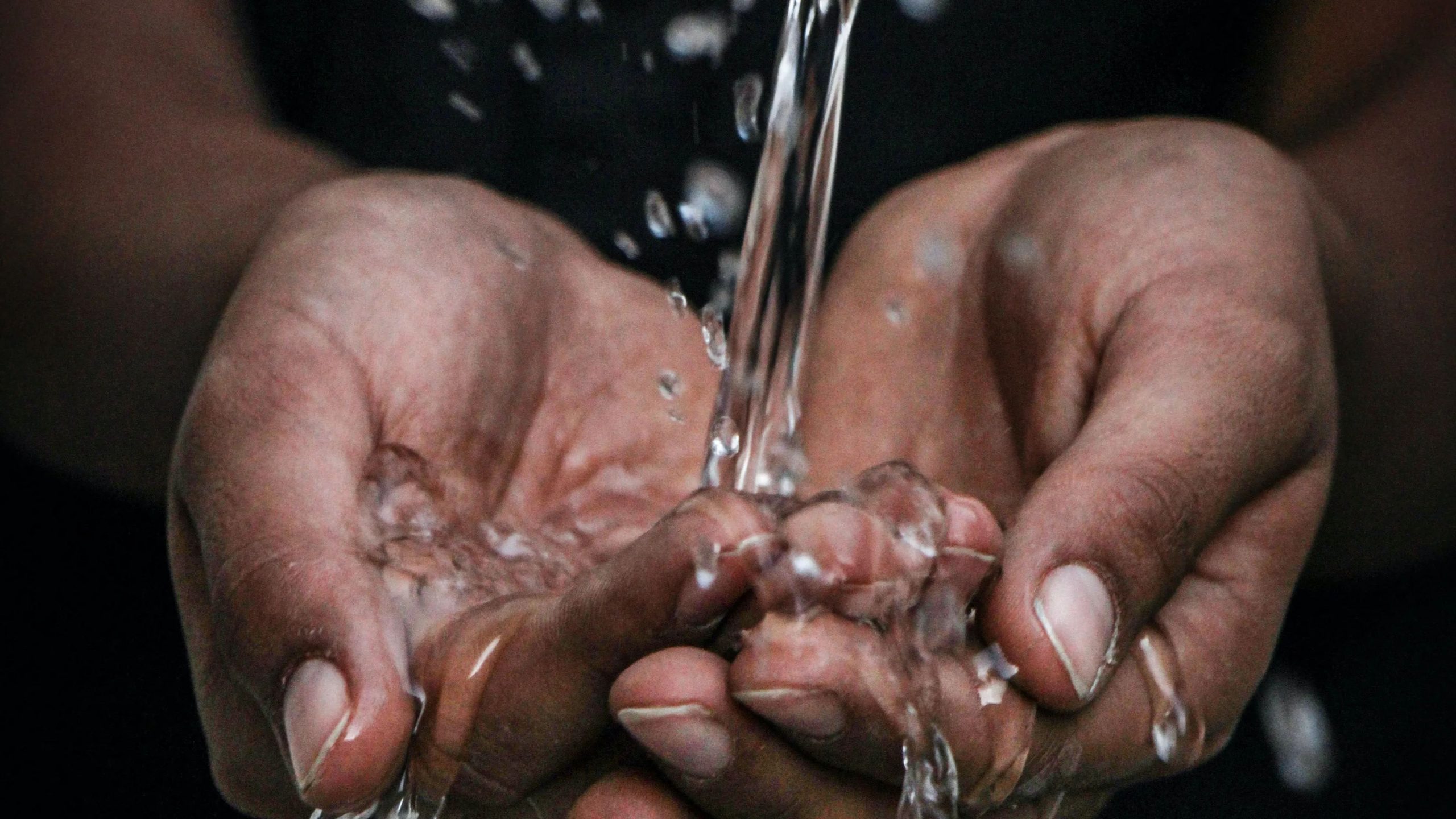World Water Day is celebrated every year on March 23 since
1993, as it attempts to highlight the importance of freshwater usage and
conservation. Raising awareness about conservational practices through talking about
a population of nearly 2.2 billion globally who do not have access to safe
drinking water, the goal, as per United Nations, of the annual event is to make
possible the achievement of Sustainable Development Goal 6 (SDG 6): Water and
sanitation for all, by 2030.
“SDG 6 seeks to ensure safe drinking water and sanitation
for all, focusing on the sustainable management of water resources, wastewater
and ecosystems, and acknowledging the importance of an enabling environment. In
the 2030 Agenda for Sustainable Development, countries have committed to engage
in systematic follow-up and review of progress towards the Goals and targets,
using a set of global indicators”, United Nation’s official website describes
the programme.

Water stress, defined by the website, is the ratio between total
freshwater withdrawals for economic activities and total available freshwater
resources.
India, as per statistical factoids from the United Nation, witnesses
a 66.49% freshwater withdrawal as a proportion of available freshwater resources.
Kuwait tops the list, with a massive 2075% withdrawal, and Congo acquires the last
position, with a freshwater withdrawal rate of 0%.
A following chart displays the country to have, between the
years 2010 and 2017, 1,911 renewable water resources, with a proportionate
water withdrawal in those resources as 761, both being measured by 10^9 cubic
metre of water/year.
“Water has enormous and complex value for our households, culture, health, education, economics and the integrity of our natural environment. If we overlook any of these values, we risk mismanaging this finite, irreplaceable resource”, the UN website says.







